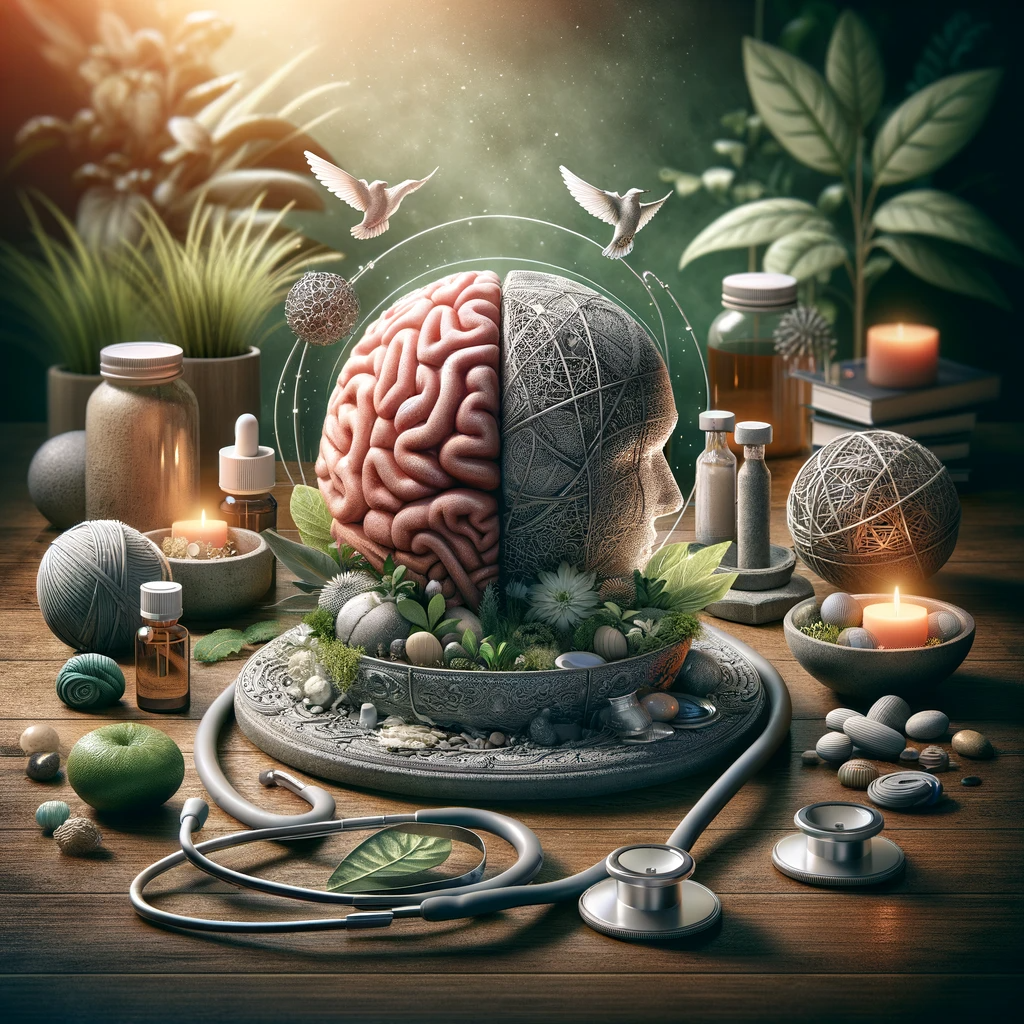Promising Treatments for ADHD: Are They Overshadowed by Profitability?
Promising Treatments for ADHD: Are They Overshadowed by Profitability?

Attention-Deficit/Hyperactivity Disorder (ADHD) is a condition that affects millions around the world. With its increasing prevalence, the search for effective treatments has become crucial. While pharmaceutical companies have developed several medications that can ameliorate ADHD symptoms, some critics argue that certain potential treatments might be overlooked due to their lack of profitability. This discourse will delve into the varied ADHD treatments, the reasons some might be bypassed, and the complex interplay between patient care and the economic interests of big pharmaceutical companies.
The array of ADHD treatments spans beyond the well-known stimulant and non-stimulant medications. Beyond pills, there are behavioral therapies, dietary adjustments, neurofeedback, and other alternative treatments. Some of these are backed by rigorous scientific studies, while others stem from anecdotal evidence or preliminary research.
Behavioral Therapy
One of the most researched non-pharmaceutical interventions for ADHD is behavioral therapy. This type of therapy is often recommended for children with ADHD and involves helping them develop skills to cope with their symptoms. Studies have indicated that children who undergo behavioral therapy may need lower doses of medication (DuPaul and Stoner, 2014).
Dietary Adjustments
Diet and nutrition have also been studied in relation to ADHD. The idea is that certain foods or additives might exacerbate ADHD symptoms in some people. Some studies have found a correlation between certain food colorings and increased hyperactivity in children, although the evidence is not conclusive (Nigg et al., 2012).

Neurofeedback
Neurofeedback, a type of biofeedback where individuals learn to alter their brain wave patterns, has gained attention as a potential ADHD treatment. Some studies suggest that it might help improve symptoms, but more research is needed to confirm its efficacy (Steiner et al., 2014).

Other Alternatives
Other treatments, like mindfulness meditation, exercise, and certain dietary supplements, have also been explored. For instance, Omega-3 fatty acid supplements have been associated with symptom improvement in some studies (Bloch and Qawasmi, 2011).
Given the array of potential treatments, why might some be sidelined in favor of pharmaceutical options?
1. Profitability: The financial interest of pharmaceutical companies can’t be ignored. Developing, testing, and marketing a drug can cost billions. Once developed, these drugs can generate substantial revenue, especially if they’re patented. Alternative treatments, like dietary adjustments or behavioral therapy, don’t offer the same profit margins.
2. Ease of Use: Medications can be an attractive option because of their ease of use. Taking a pill is often simpler than undergoing therapy or making lifestyle changes, both for the patient and the provider.
3. Research Funding: Pharmaceutical companies often fund clinical trials for their products. While this is crucial for drug development, it might lead to an imbalance in research, favoring pharmaceutical solutions over alternatives (Lexchin, 2012).
4. Lack of Patentability: Treatments like diet modifications or behavioral therapies can’t be patented in the same way drugs can. This diminishes the financial incentive for companies to invest in them.
5. Regulation and Standardization: Medications go through rigorous testing and regulation, ensuring each pill contains a standardized dose. Alternative treatments, like dietary supplements, aren’t held to the same standards, leading to variability that some medical professionals might find concerning (Cohen and Sharfstein, 2012).
Does this mean non-pharmaceutical treatments are ineffective or unworthy? Absolutely not. Many experts believe a multifaceted approach to ADHD — one that combines medication with other therapies — might offer the best outcomes for patients (Antshel and Olszewski, 2014). The key is to balance the undeniable influence of pharmaceutical profitability with genuine patient care needs.
For those with ADHD or their caregivers, understanding the broad spectrum of available treatments, and the factors influencing their promotion, is crucial. Decisions about treatment should be made collaboratively, considering all available options and individual patient needs.
Bibliography
- Antshel, K. M., & Olszewski, A. K. (2014). Cognitive behavioral therapy for adolescents with ADHD. Child and adolescent psychiatric clinics of North America, 23(4), 825–842.
- Bloch, M. H., & Qawasmi, A. (2011). Omega-3 fatty acid supplementation for the treatment of children with attention-deficit/hyperactivity disorder symptomatology: systematic review and meta-analysis. Journal of the American Academy of Child & Adolescent Psychiatry, 50(10), 991–1000.
- Cohen, P. A., & Sharfstein, J. M. (2012). The opportunity of OTC drug regulation — reply. Jama, 307(8), 781–782.
- DuPaul, G. J., & Stoner, G. (2014). ADHD in the schools: Assessment and intervention strategies. Guilford Publications.
- Lexchin, J. (2012). Those who have the gold make the evidence: How the pharmaceutical industry biases the outcomes of clinical trials of medications. Science and Engineering Ethics, 18(2), 247–261.
- Nigg, J. T., Lewis, K., Edinger, T., & Falk, M. (2012). Meta-analysis of attention-deficit/hyperactivity disorder or attention-deficit/hyperactivity disorder symptoms, restriction diet, and synthetic food color additives. Journal of the American Academy of Child & Adolescent Psychiatry, 51(1), 86–97.
- Steiner, N. J., Frenette, E. C., Rene, K. M., Brennan, R. T., & Perrin, E. C. (2014). In-school neurofeedback training for ADHD: sustained improvements from a randomized control trial. Pediatrics, 133(3), 483–492.
Dr. Jerry D. Smith Jr. is a clinical psychologist and empathic expert specializing in human empowerment and leadership.
More from Dr. Jerry Don Smith Jr. and The ADHD Review





